Salon Pièdestal is the first chapter in a series of four exhibitions called Family Business, each exhibition located in the workspaces of parents of the four participating artists. For one night the artists take over these workspaces to pay tribute to the upbringing and support their parents provided for them, allowing them to walk the path of being artists. The first chapter took place in CARE Wormerveer, medical pedicure salon, of Sylvia Grootes van Ingen and Anniek Böhmer Grootes.
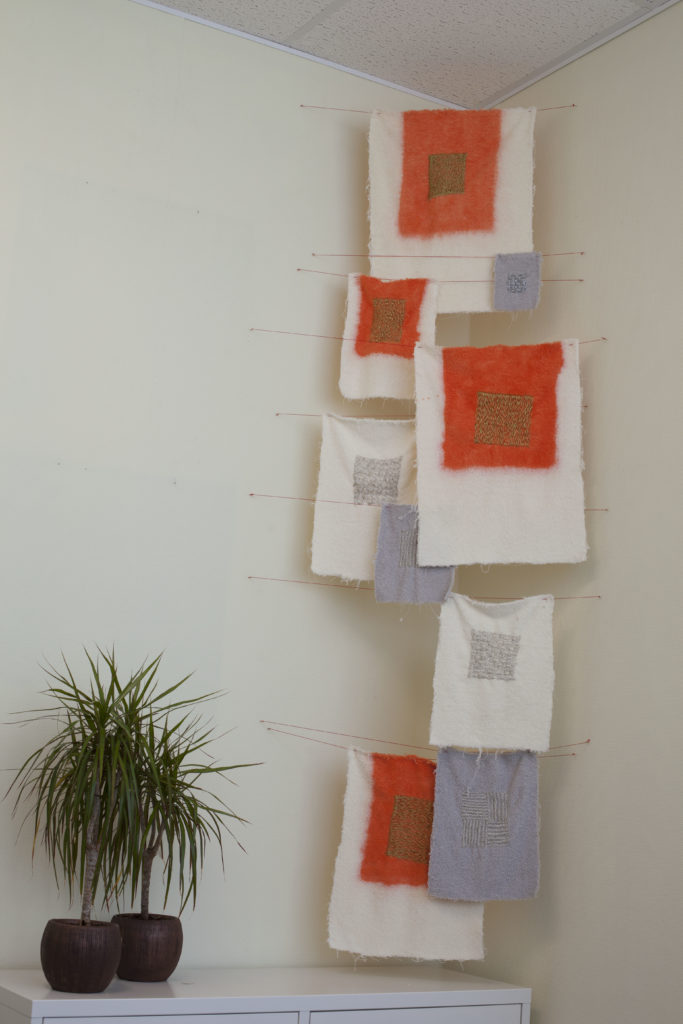
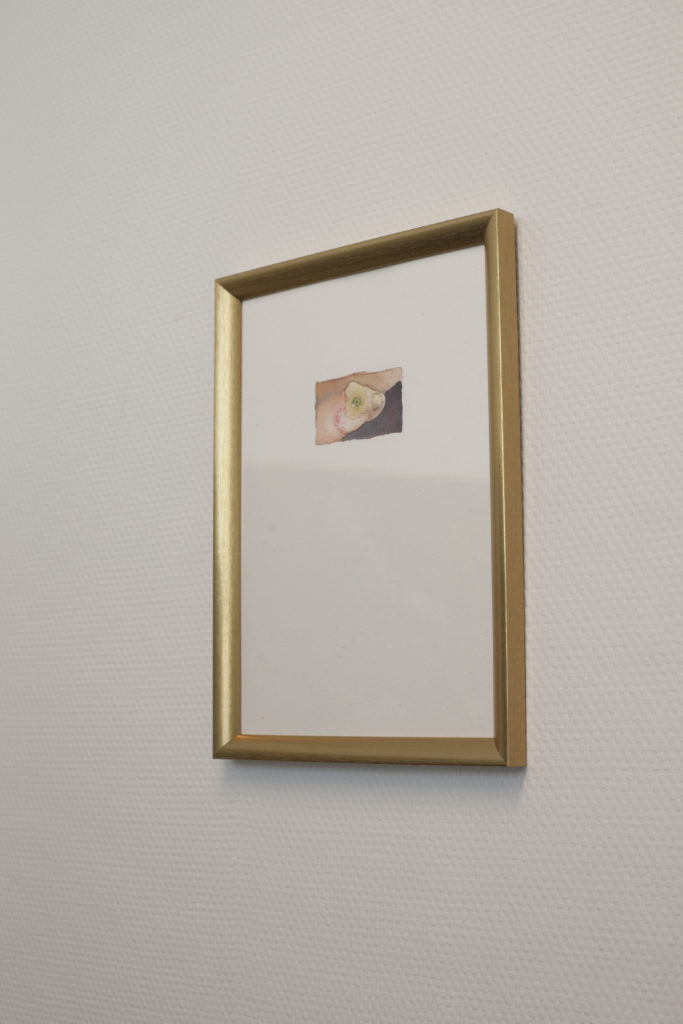
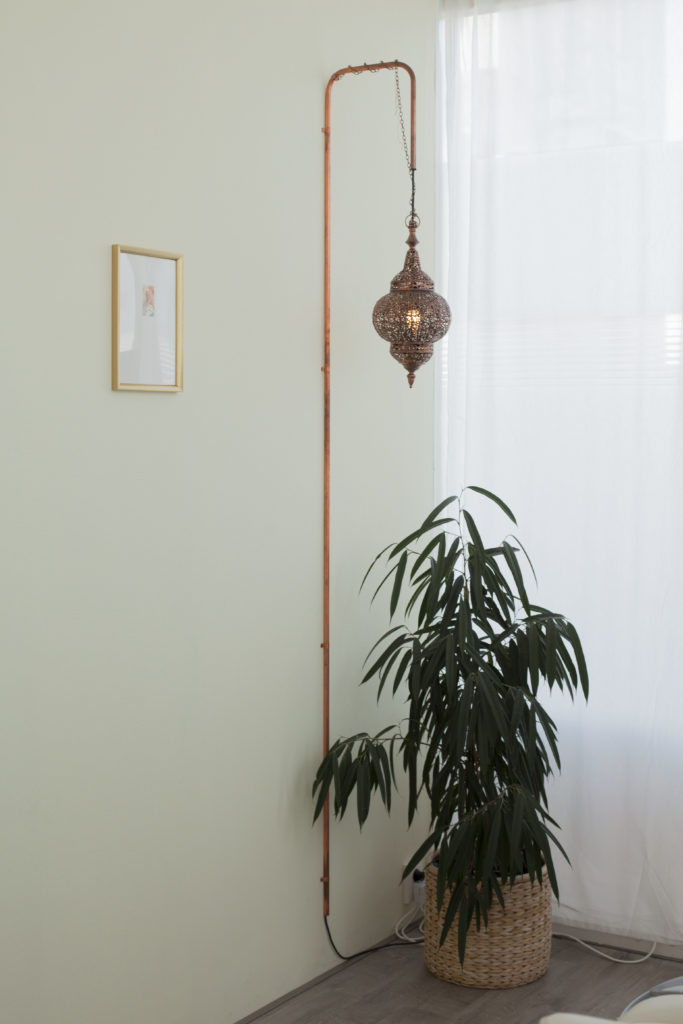
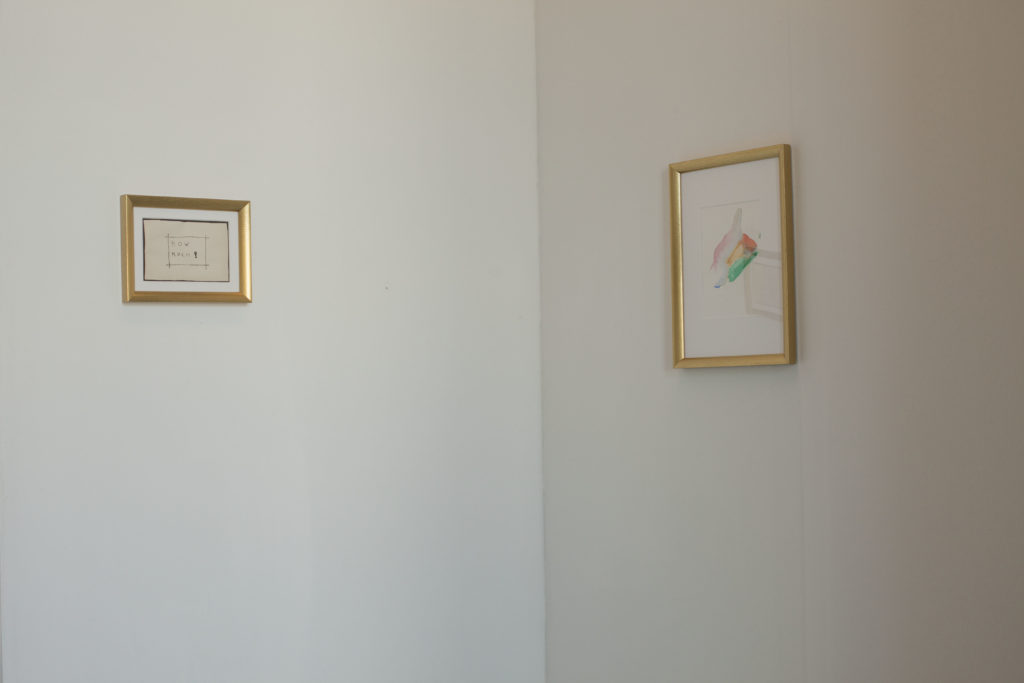
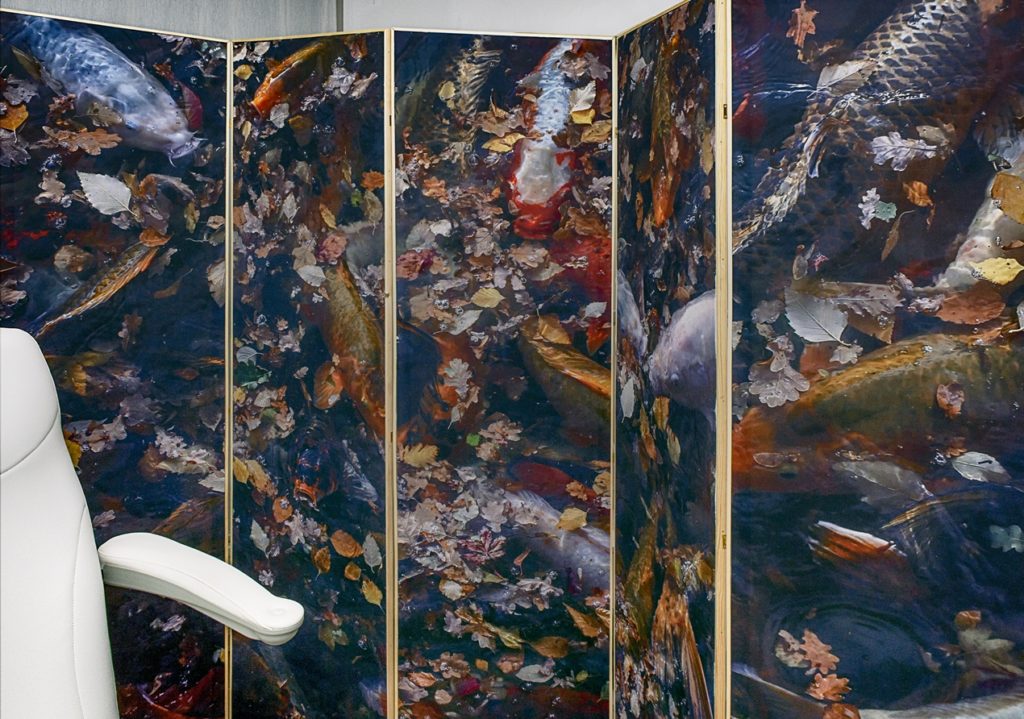
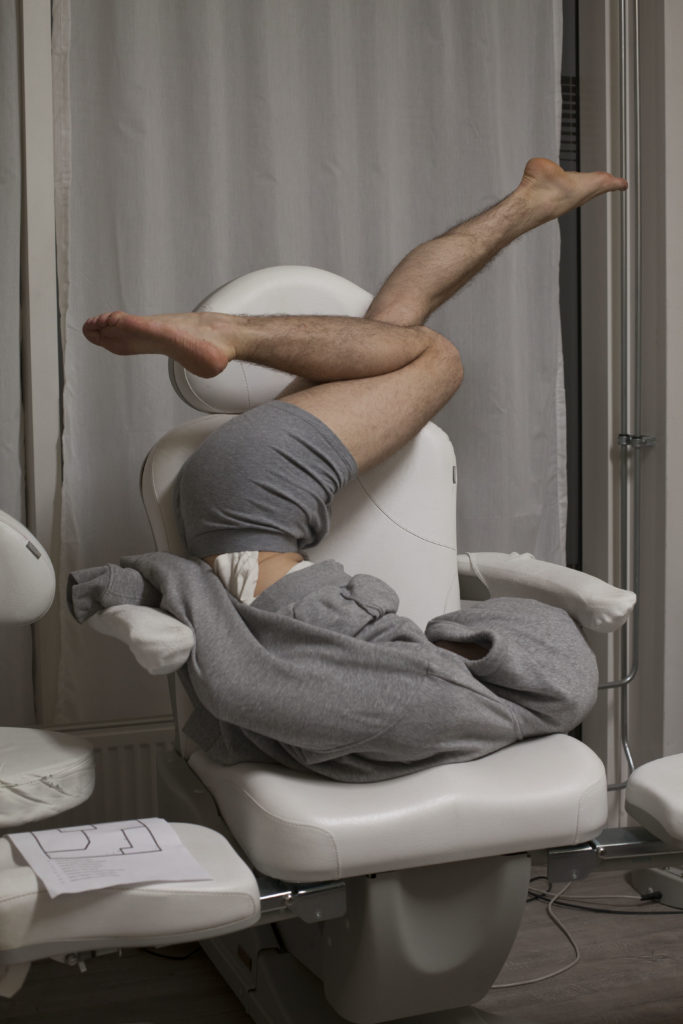
Neue Fuße (2019) TG
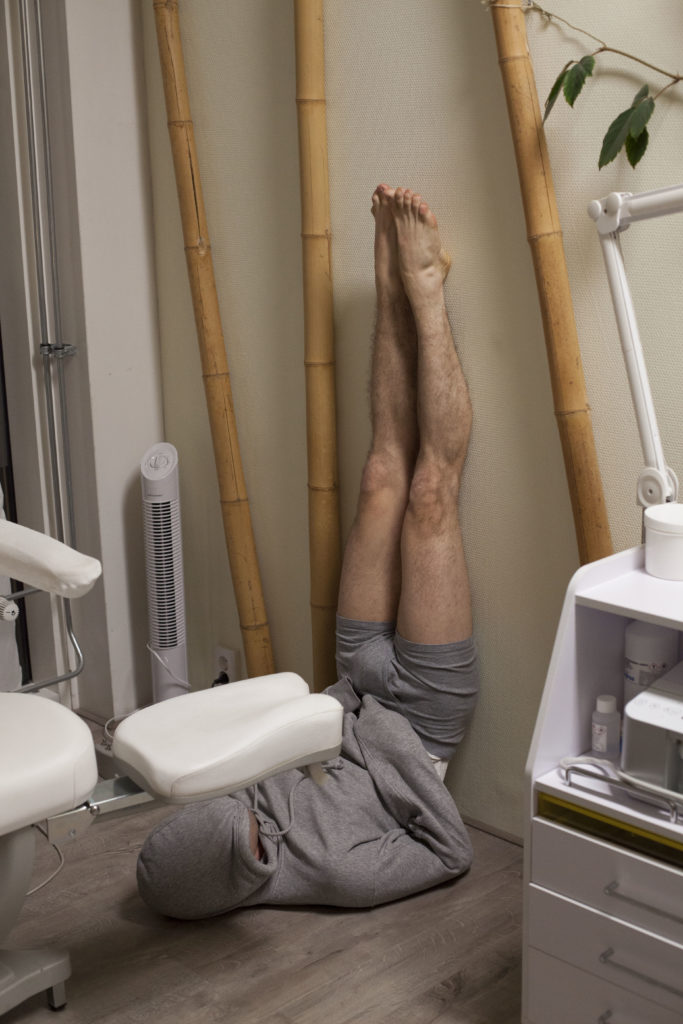
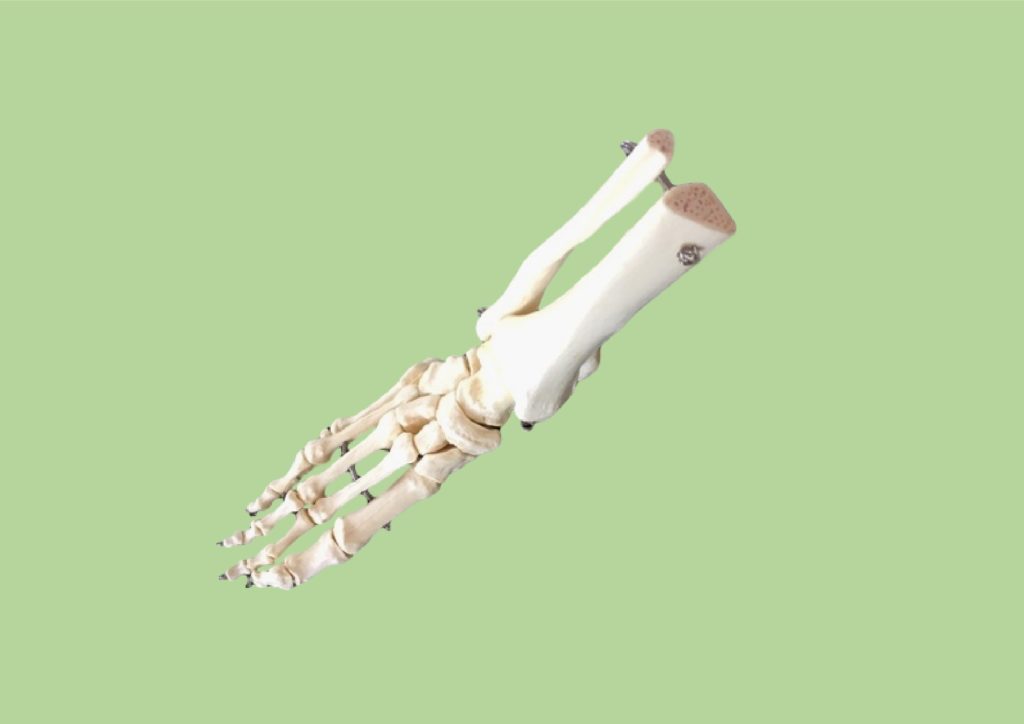
Texts:
Mark Grootes – Godtowels (2018)
Having taken inspiration from the Chinese Godpaper, Mark Grootes introduces Godtowels within Salon Pièdestal. Chinese Godpaper or Ghostmoney is ritual paper used to honor the ancestors. Within the exhibitionspace the Godtowels will work in two ways.
The Godtowels are a replacement for two specific prints on canvas which decorated the walls of the workspace of Care Wormerveer. They represented anonimous Buddha figures in vague nature surroundings. Within these two prints lies an idea of Western healthcare aesthetics of tranquility and peace in Eastern (Asian and/or Oriëntal) religions, shapes and objects. The Godtowels are designed to duplicate this function, also using these ‘oriëntal’ aesthetics. They are in fact nothing more than abstractions of their predecesors, their shapes less known to the Western viewer.
Towels in general and also the Godtowels are clearly objects, related to the function of the space, but more important is the bond between the artist and the local of the space: mother and son. Thus, the Godtowels maintain the Chinese Godpaper function of ancestor worship.
Jonathan Paepens – Decay of Stability and Remarks (2019)
Decay of Stability:
Foot fungus is annoying, uncomfortable and dirty. It reminds one of something unhygienic and dirty. So why should such a thing be glorified by a watercolor? Not that my watercolors are particularly delightful, but I paint them out of a memory of what they are. Man’s eternal failure at the possible victory of man over nature. We try endlessly to banish the natural from our immediate living environment. All that remains in our homes and lives are the mimetic memories of what was natural. Plants are the last remnants of our natural habitat, although after years of cultivation, they are not so natural either. Rather, they are as synthetically created as the landscape painting overlooking some mountain somewhere in Greece that brightens up so many living rooms.
Now, this is certainly not a plea for the reintegration of man and nature. It’s about the beauty of memory. A mimetic memory of nature. That is also what the small works that I show here are about. It shows something that needs to be pushed into the background, and thus results only in the memory of its image. The memory of the fungus that has to go as far away as possible, just like all the other natural things in our living and working world.
Remarks:
Anything that is impenetrable as an idea can only be asked as a question. The series “Remarks” is about these notes that have to fill in the unanswered questions as placeholders. For how long is very unclear. For both the questioner and the viewer, they remain open. The questions remain unanswered and also answers to nothing. They are empty, just like the thoughts on the questions are empty and unanswered.
Martijn Petrus – Swimming flower, living Jewel (2019)
In the salon of Care Wormerveer there is a screen with an enlarged image of a pile of stones, water and plants. The image on the screen is a typical Western interpretation of Japanese Zen Buddhism.
Here, these images have become synonymous with words such as wellness and mindfulness. The stones no longer function as a spiritual symbol but as a marketable idea of peace and balance. Spirituality has become a luxury product.
For the work Living jewel, swimming flower, Martijn Petrus has adopted the format of the folding screen. The screen shows an inflated image of koi fish. The colourful nishigi goi is a spin-off of the wild Japanese koi, created in the 19th century when Japanese farmers started breeding some colourful variants. This transformed the fish from food into a decorative object. Today, also in the West, the koi is a symbol of luxury, a status object.
The folding screen is both an aesthetic and a functional object and thus plays with the role of the artwork. The image also plays with the iconic imagery surrounding the koi. Often depicted smaller as a lone or duo, in a serene setting. The assembled image is busier, less serene and very dominant in the room.
The original folding screen of the salon was used as decoration, whereby it was placed outside the context of its function (privacy/partition). The folding screen made by the artist was placed as part of the interior of the treatment room.
With his installations, Martijn Petrus often refers to forms of displays and décor. In terms of content, he works around the human framing of nature.
TG – Neue Fuße (2019)
‘Exhausted, sopping, filthy and uncomfortably disturbing. Inconsiderately hidden in the darkest corner of it all. Highly repulsive but undoubtedly practical, useful and even extremely hard to do without. For once recognized, credited and taken care of. Purified, sanded, drizzled, and the dead relics buried. Transformed and raised into a new light of previously unknown singularity.’
